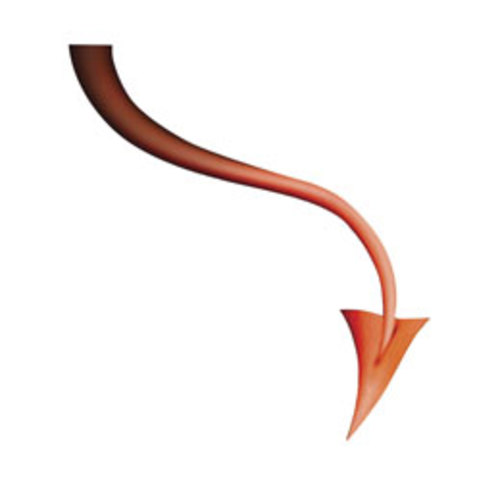I got to thinking about how I wanted to kick off my first real "How To" project on the blog and decided that I needed to introduce a few basics (for me at least) first. By basics I don't mean to imply how to use a screw driver or a hammer, but how I like to create precise and professional work by using good measuring tools.
This will probably be a running series to cover some history (for the nerds), the what and finally the how. It won't be all encompassing or even cover really precise measuring techniques like those found on one of my favorite blogs: Nothing Too Strong Ever Broke. Tom covers some really in depth and complicated measuring techniques that are often unique to the machining industry. For our purposes (usually) we don't need to be quite that precise.
 |
| What, you don't have a three foot micrometer? |
Metrology, or the science of measurement, is a pretty broad field. Fortunately for us we are generally only concerned with length, or variants of it, such as depth or height or diameter. We will not be having a discussion over the imperial or metric systems or which brand of what does this or that better. If we meander long enough on the topic we'll get into tolerances, but, it's not generally an issue for DIY projects around the house. Other useful topics we will venture into are accuracy and precision.
Speaking of accuracy and precision... Everybody has seen the graphic with the darts or arrows to visually define accuracy and precision.
 |
| I play darts in quadrant "C". |
Engineers and mathematicians think about accuracy like this:
 |
| That's what I'm talking about. |
What do all of these warm and fuzzy graphs mean for us: a guy trying to create something on the cheap that still looks professional? It means we need our measurements to be accurate and our cuts to be precise.
Oh yeah, you think, "Measure twice and cut once." Sort of.
Generally one needs to accurately measure a dimension and turn it into a precise mark on a piece of raw material followed by making a precision cut. The "how" part will come later in the series.
Later on I'll take a look at several of the common measuring and layout tools that I use, and some I wish I had. I'll cover how I use them and some of the tips and tricks I've learned along the way. Another series will cover jigs and templates for repeatable precision for professional results.
Making great looking pieces and professional looking projects starts with accurate layout and measuring. We need good tools to measure accurately, and more importantly, create accurate jigs and fixtures for repeatable excellence.
I believe accuracy and precision are the hardest parts of turning a DIY project into Pro level masterpiece that your friends and family will be in shock and awe of.
| Meet Shock. And Awe. |
I find that a lot of people lack the patience for this part of construction and get bogged down and frustrated when their project starts to look bad due to gaps and poor fitment. Stay the good fight and just walk away when you get frustrated! Careful attention to detail and a few good, basic measuring tools can fix that and turn your projects into a roaring success.
 |
| Devil's in the details. |
Next time I'll do less rambling and more production with a look at what I use to measure accurately and mark precisely.